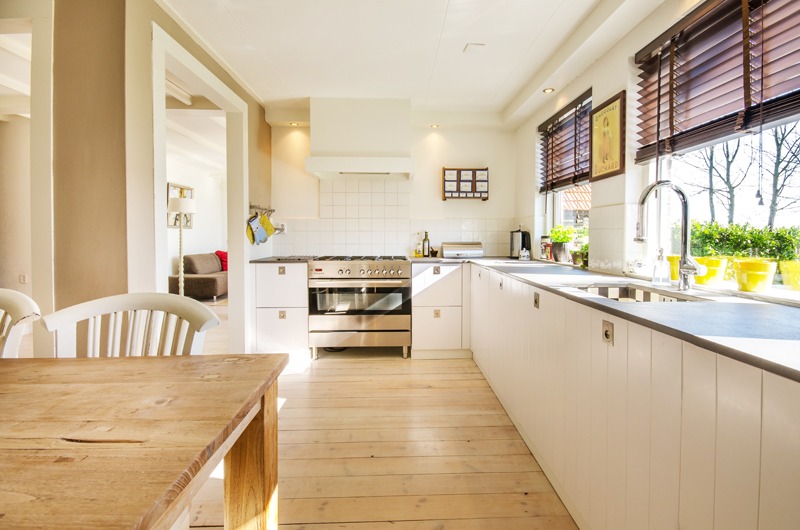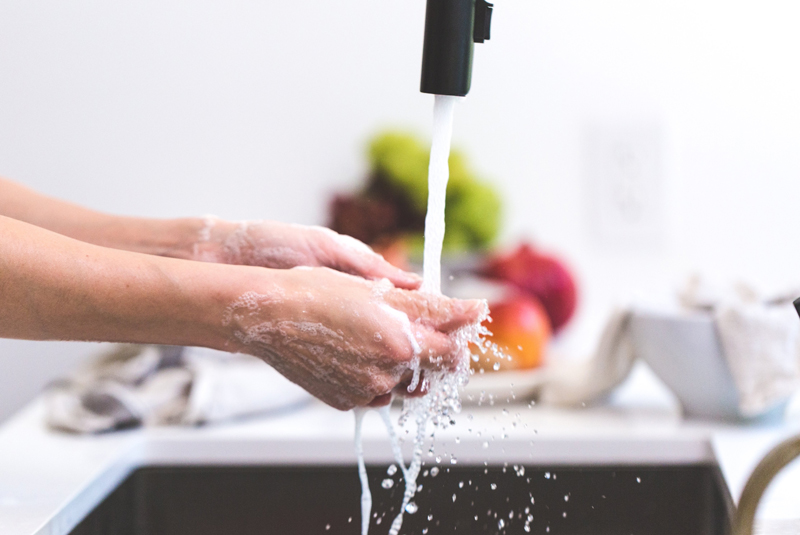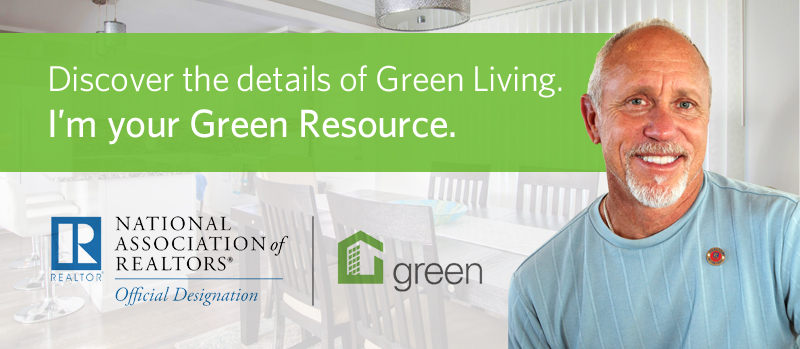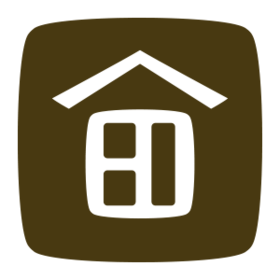Making your home safe from toxic chemicals and other household risks doesn’t have to be expensive or overwhelming. Just a few changes can improve the health of your home and, more importantly, everyone who lives there. Here are the top 5 suggestions to make your home safer and healthier.

1. Go Natural and Low VOC
“Volatile Organic Compounds (VOCs)” are a large group of chemicals that are found in many products we use to build and maintain our homes. Once these chemicals are in our homes, they release an “off-gas” into the indoor air we breathe.
VOCs can be found in all sorts of areas in and around our homes, including in paint, varnishes, caulks, adhesives, carpet, vinyl flooring, composite wood products, upholstery and foam, air fresheners and cosmetics, smoking, dry cleaning, and photocopiers.
The ability of VOCs to cause health issues vary from being highly toxic, to no known effects.
To protect your health, it is best to go natural as much as possible, don’t use building and indoor house products that have VOCs in them in the first place, and provide lots of fresh air to get rid of them.
2. Reduce Dust and Purify Air
Dust can be found everywhere around your home and is made up of all kinds of particles, including plant pollen, dead skin cells, and fibers from clothing and paper. Whilst dust may seem relatively harmless, it can be harmful to your respiratory health.
There are many solutions to this problem, but the best place to start is with prevention, including getting an “air purifier.” The best air purifiers on the market, specifically designed to remove dust, utilize HEPA (High Efficiency Particulate Air) filters.
You can also reduce the amount of dust in your house by changing your bedding at least once a week and cleaning the highest surfaces in your house first and working your way down.
3. Prevent Mold Before it Starts
Mold is a type of fungus and can live almost anywhere indoors and outside, thriving on moisture and reproducing through lightweight spores that travel through the air.
We’re exposed to mold every day, and it’s usually harmless in small amounts, yet when they land on a damp spot in your home, they can start to grow.
To prevent mold before it starts, dry wet areas right away as mold can’t grow without moisture. Don’t leave wet items lying around the house, and make sure to dry the floor and walls after a shower.
Make sure you have proper ventilation by opening a window when cooking or washing dishes or showering, running an exhaust fan, or by using AC units and dehumidifiers.

4. Stop the Spread of Germs
No matter how carefully you clean, it’s impossible to get rid of all the germs in your home, yet you can get fewer colds and other viruses simply by asking everyone in the household to wash their hands prior to each meal and after each trip to the bathroom. Frequent hand-washing is one of the best ways to avoid getting sick and spreading illness. Ask all people in the home to cover their mouths with a tissue or with the inside of the elbow when they cough or sneeze.
Keeping the home clean to help reduce germs and avoid infections can help as well by making sure to disinfect all parts of the home. “Disinfecting” means using soap or another cleaner to get rid of germs that can cause infection.
Kitchen sponges are also breeding grounds for bacteria. It’s also possible to transfer food-borne bugs, such as salmonella and campylobacter, from sponges. To be safe, change your sponge every week or disinfect your sponge with bleach.

5. Add Indoor Plants
Indoor air pollution is a constant problem and a threat to human health, so consider adding indoor plants. Not only do plants absorb carbon dioxide and produce oxygen, yet they also remove toxic chemicals and pollution from the air.
NASA has researched the effects of improving air quality in sealed environments extensively and concluded:
“Both plant leaves and roots are utilized in removing trace levels of toxic vapors from inside tightly sealed buildings. Low levels of chemicals such as carbon monoxide and formaldehyde can be removed from indoor environments by plant leaves alone.”
The best plants found for removing indoor air pollution are the Jade plant, Spider plant, Bromeliad, Caribbean tree cactus, and Dracaena. See the video below for more information.
Want a Happier, Healthier, More Sustainable Lifestyle?
To learn more about how Dave Futch can help you move towards a happier, healthier, and more sustainable lifestyle, get in touch by calling 808-280-9600, visiting www.davefutch.com or via e-mail dave@davefutch.com.



Leave your opinion here. Please be nice. Your Email address will be kept private, this form is secure and we never spam you.